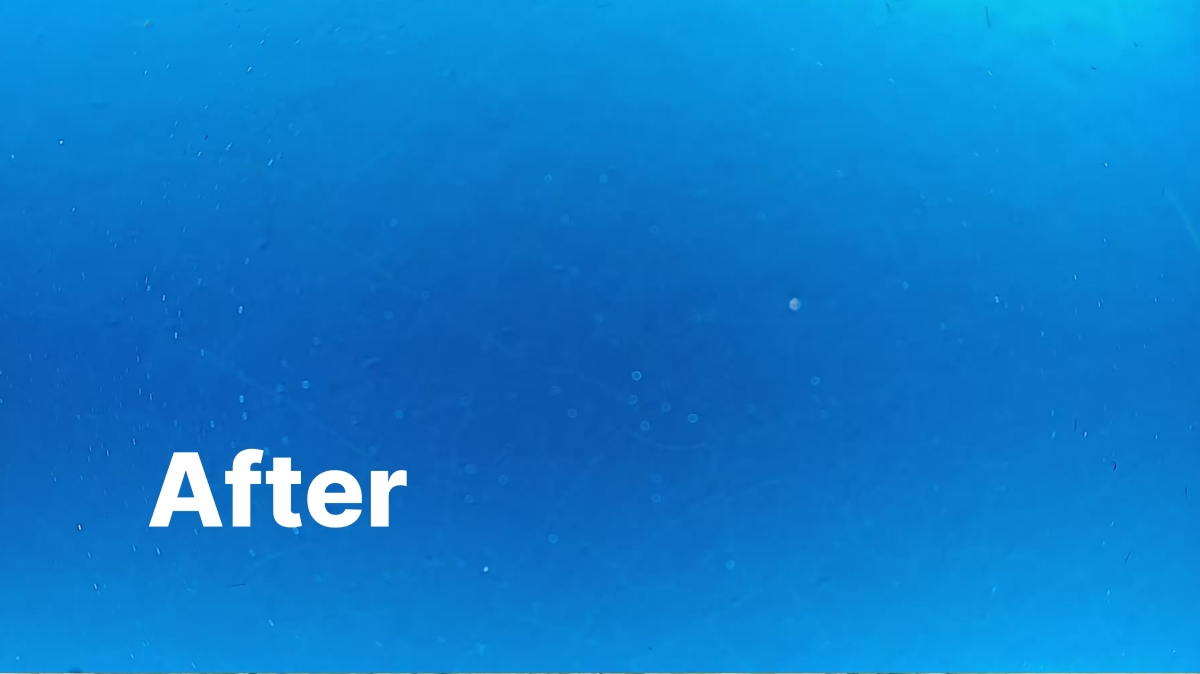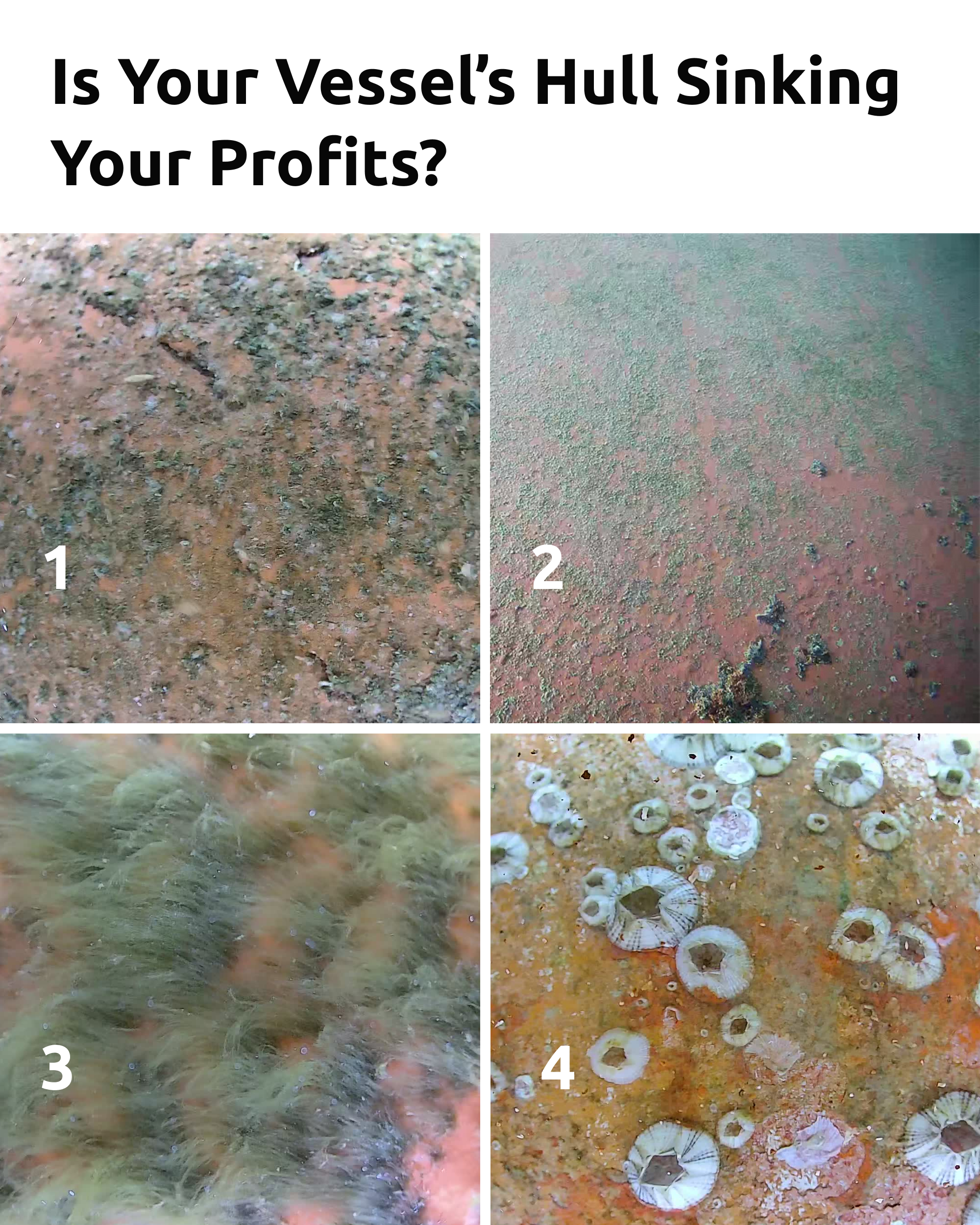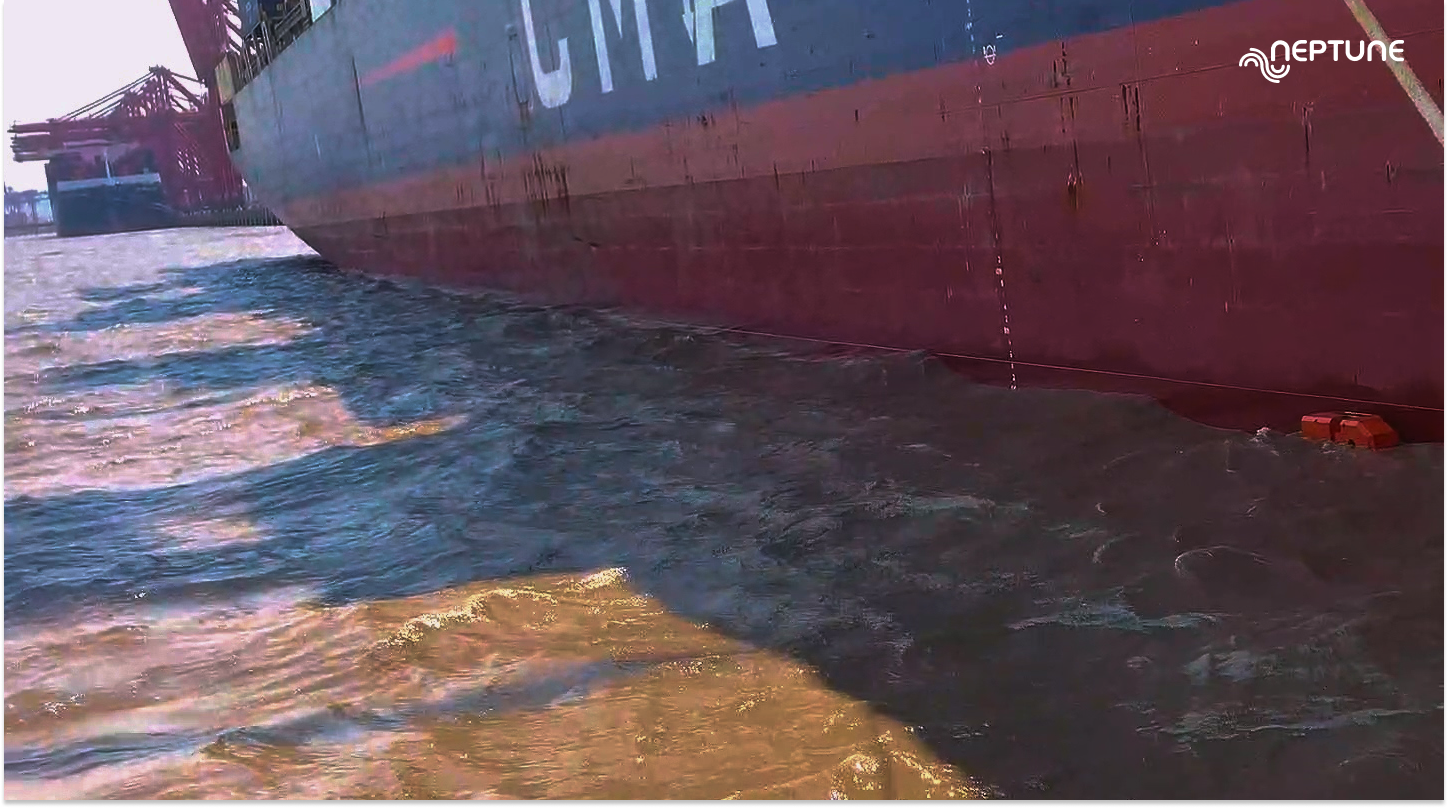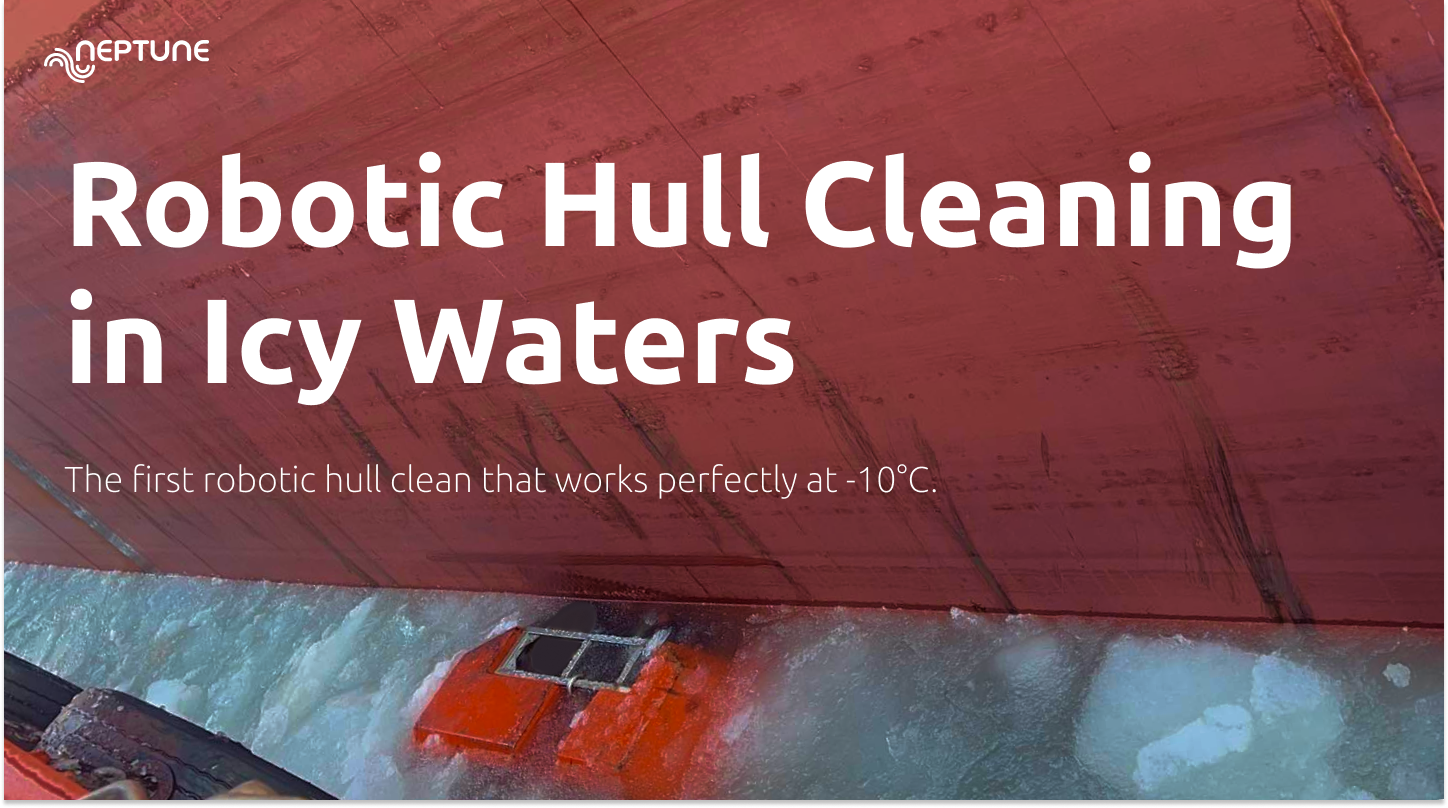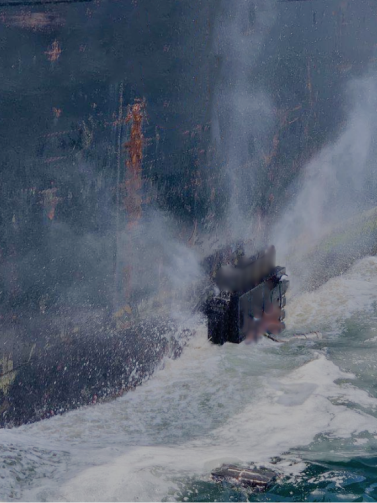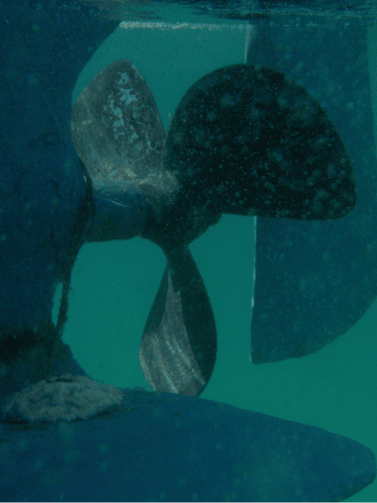Recently, we offered an automated hull cleaning service for a vessel coated in striking blue antifouling paint, a sight not commonly seen. Have you ever pondered why ship bottoms are mostly red? This query delves into the enduring challenge of rising fuel costs and the pressing issue of carbon emissions in the shipping sector.
In the early days, toxic compounds like copper, arsenic, and mercuric oxide were used to combat biofouling, resulting in the distinct red color. Despite the availability of eco-friendly alternatives, the traditional red bottom persists.
Regardless of the antifouling paint type, marine biofouling remains problematic, leading to speed loss and increased fuel consumption. As carbon reduction regulations tighten, the impact of hull biofouling faces stricter scrutiny.
Thus, maintaining hull cleanliness is crucial. Studies indicate that regular cleaning can reduce daily fuel consumption by 9% to 17%. However, it’s vital to avoid damaging the original hull paint during cleaning, as it could promote marine growth. This is where we step in.
Neptune specializes in automated hull cleaning using cavitation jet technology, effectively removing fouling without roughness and thickness to coating, provides 7/24, above and below-waterline , clean and murddy waters cleaning services at anchorages, berths.
In the maritime journey, antifouling paints are pivotal, but modern technology offers sustainable and efficient alternatives. As a leading provider of automated hull cleaning services, Neptune is committed to leveraging innovation and expertise to support the ongoing development and protection of marine environments and vessels.

